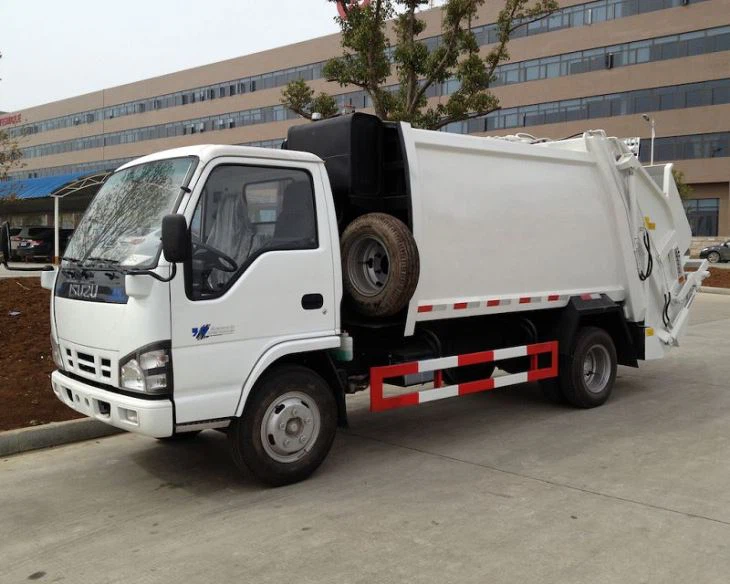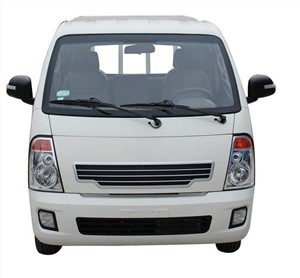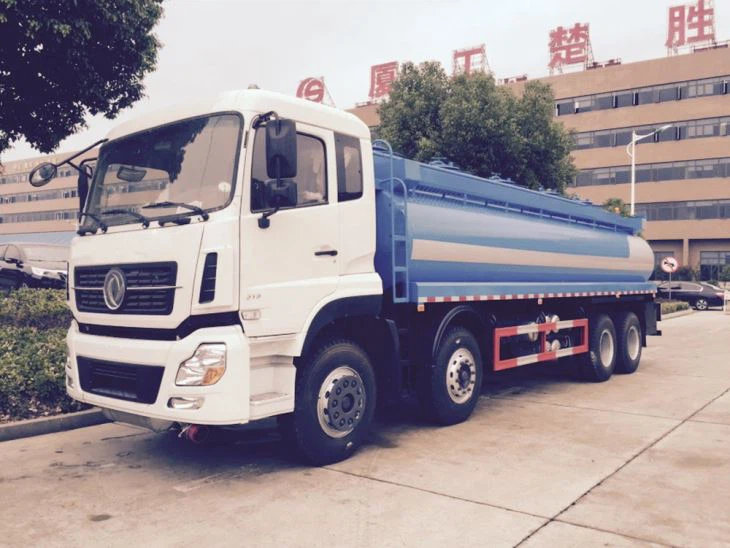Container Lift Trailers: The Ultimate Guide to Efficient Cargo Transport

In today’s fast-paced and globalized world, efficient cargo transport is crucial for businesses looking to thrive in their respective markets. One of the most effective solutions in this regard is the container lift trailer. This comprehensive guide will delve into everything you need to know about container lift trailers, covering their design, functionality, benefits, usage, maintenance tips, and more to empower you with the knowledge needed to make informed decisions.
What is a Container Lift Trailer?
A container lift trailer is a specialized transport vehicle designed to handle and transport shipping containers. These trailers come equipped with hydraulic systems that enable them to lift and lower containers for effortless loading and unloading. Container lift trailers are pivotal in facilitating the seamless movement of goods from ports to businesses or between warehouses.
How Container Lift Trailers Work
Mechanical Design
Container lift trailers are typically equipped with a chassis that can accommodate standard shipping containers, usually 20 or 40 feet long. This chassis is fitted with a hydraulic lifting system that raises and lowers the container. The lifting arms can extend and retract to match various container sizes, ensuring versatility in operation.
Hydraulic Systems
The hydraulic systems utilized in container lift trailers are vital for their operation. These systems provide the necessary force to lift heavy containers, making it easier for operators to load and unload goods. Regular maintenance of hydraulic systems is essential for ensuring reliability and efficiency.
Parts of a Hydraulic System
- Hydraulic Pump
- Hydraulic Cylinders
- Control Valves
- Hydraulic Tank
- Hoses and Fittings
Benefits of Using Container Lift Trailers

Enhanced Efficiency
Container lift trailers streamline the loading and unloading process, significantly reducing the time and labor required for these tasks. By incorporating efficiency into logistics operations, businesses can optimize their supply chain management.
Cost-Effectiveness
By eliminating the need for heavy machinery that can be costly to operate and maintain, container lift trailers provide a cost-effective alternative. They help businesses save money on labor, equipment, and time, which can translate to increased profits.
Improved Safety
Using container lift trailers enhances workplace safety by minimizing the risks associated with manually handling heavy containers. The hydraulic lifting mechanism reduces the chances of injuries and accidents in loading and unloading zones.
Key Features to Look for in a Container Lift Trailer
Load Capacity
When selecting a container lift trailer, it’s critical to consider its load capacity. Ensure that the trailer can handle the weight of the specific containers you plan to transport, factoring in any additional cargo.
Hydraulic System Specifications
Invest in a trailer with a reliable hydraulic system, as this is what enables lifting and lowering operations. Look for specifications that indicate high performance, such as pressure ratings and lifting speed.
Durability and Build Quality
A robust build quality will ensure the trailer withstands harsh environments and heavy use. Look for materials that offer resistance against corrosion and wear.
| Feature | Importance |
|---|---|
| Load Capacity | Ensures ability to transport intended containers safely. |
| Hydraulic System | Critical for efficient loading/unloading operations. |
| Durability | Prevents frequent repairs and ensures longevity. |
Types of Container Lift Trailers
Standard Container Lift Trailers
These trailers are designed to lift standard shipping containers and are commonly used in the transportation industry for loading and unloading at ports and warehouses. They usually come in two sizes: 20 feet and 40 feet.
Extendable Container Lift Trailers
Extendable versions of these trailers can accommodate different container lengths, allowing for greater versatility in cargo transportation. These trailers are ideal for businesses that regularly deal with various types of containers.
Flatbed Container Lift Trailers
Flatbed options allow for increased flexibility when it comes to loading and securing cargo that may not fit in standard containers. These trailers are beneficial for transporting irregularly shaped loads or additional equipment.
Towing Capacity and Compatibility
Understanding the towing capacity of your truck or tractor is essential when choosing a container lift trailer. Always ensure that the trailer you select is compatible with your towing vehicle, taking into account any additional weight from the container. This will maximize efficiency and maintain safety standards during transport.
Best Practices for Operating Container Lift Trailers
Pre-Operation Checks
Before operating a container lift trailer, perform thorough checks to ensure everything is functional. This includes inspecting the hydraulic system, brakes, tires, and overall trailer integrity to prevent accidents.
Proper Loading Techniques
When loading a container onto the trailer, follow these guidelines:
- Ensure the trailer is on stable ground.
- Use spotters to guide the driver during loading.
- Secure the container properly to avoid shifting during transport.
Routine Maintenance
Regular maintenance of the container lift trailer will prolong its lifespan and ensure safe operation. Key maintenance tasks include lubricating moving parts, replacing worn components, and monitoring the hydraulic fluid levels.
Common Issues and Troubleshooting
Hydraulic Failures
If the hydraulic system fails, it can disrupt lifting operations. Common causes include leaks, low fluid levels, or faulty hydraulic components. Regular inspections can help identify these issues early.
Tire Problems
Worn-out tires can significantly affect the trailer’s performance. Check for uneven wear and proper inflation regularly to ensure safe towing conditions.
Brake Failures

Brake failures can lead to severe accidents. Check the brake system weekly, looking for wear and tear or any abnormal noises during operation. Always prioritize brake maintenance.
Real-life Applications of Container Lift Trailers

Port Operations
Container lift trailers play a vital role in port operations, where quick loading and unloading of shipping containers are essential. By utilizing these trailers, port authorities can enhance efficiency and minimize congestion at busy docks.
Warehouse Logistics
In warehouse settings, container lift trailers are instrumental in moving goods efficiently. They allow for quick transfers of inventory between different sections of the warehouse or between multiple warehouses.
Intermodal Transport
For businesses involved in intermodal transport, container lift trailers facilitate the smooth transfer of containers between ships, trucks, and trains without the need to unload cargo. This seamless operation is crucial in maintaining an effective supply chain.
Frequently Asked Questions (FAQs)
What is the average cost of a container lift trailer?
The cost can vary widely based on size, features, and brands, but typically ranges from $15,000 to $50,000 for new models.
How do I maintain my container lift trailer?
Regularly check hydraulic fluids, maintain the braking system, inspect tires, and ensure all parts are functioning correctly to ensure longevity and safety.
Can any truck tow a container lift trailer?
No, you need a truck with the appropriate towing capacity that matches or exceeds the weight of the trailer and its cargo.
Are container lift trailers suitable for all terrains?
While container lift trailers are designed for a variety of terrains, rough or uneven surfaces can pose challenges. Always assess terrain conditions before operating.
What are the environmental impacts of using container lift trailers?
Efficient use of container lift trailers can reduce transportation times, thereby decreasing fuel consumption and emissions. However, maintaining vehicles in optimal condition is crucial for minimizing the environmental impact.
Where can I purchase container lift trailers?
Container lift trailers can be purchased from specialized heavy machinery dealers, online marketplaces, or through manufacturers’ websites. Always ensure to compare features and prices to find the best option for your needs.
